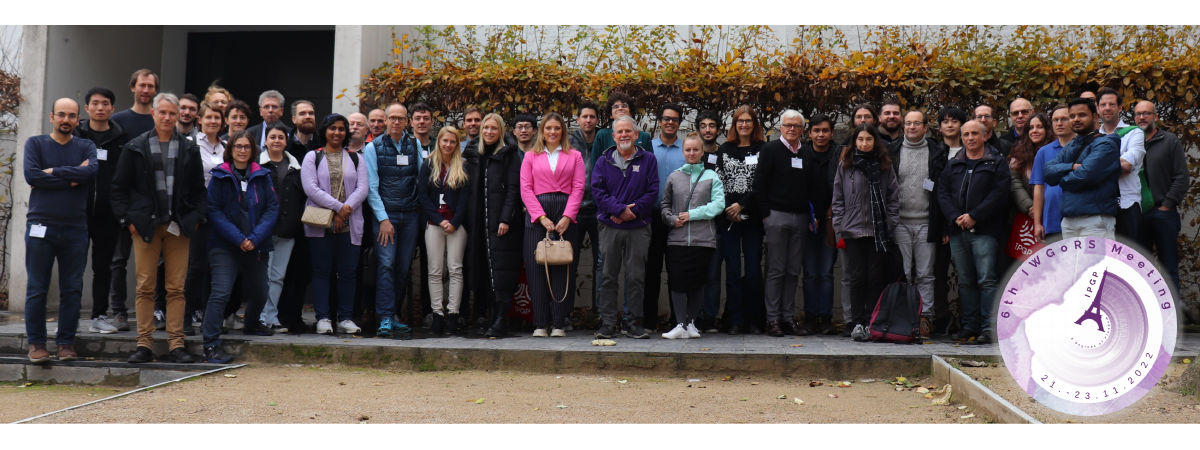Phase velocity and source direction estimation using collocated measurements
Peter Gaebler
We introduce a study, in which the possibility of determining surface wave phase velocities and source directions from collocated measurements of translational and vertical rotational motions excited by ambient seismic noise sources is investigated.
Assuming plane, horizontally polarized shear waves, the information about the local phase velocity is contained in the amplitude ratio of transversal acceleration and rotation rate.
The first set of data consists out of data recorded at the geodetic observatory in Wettzell using the high quality rotational motion ringlaser sensor and the collocated STS2-broadband seismometer. Data analysis shows the possibility of determining local phase velocities from ambient seismic noise data in the primary and secondary oceanic microseisms frequency band. Furthermore it is possible to estimate the backazimuthal direction of the generating areas of oceanic microseisms.
An additional data set was acquired using the portable angular motion sensor R1 and a Trillium compact broadband seismometer in field operation. Data analysis in the microseisms frequency band clearly showed the necessity of higher quality and more sensitive portable angular motion sensors. Investigations of ambient noise in the frequency band above 10 Hz were compared with results derived from seismic array measurements and show a clear consistency in the phase velocity estimation.
.png)